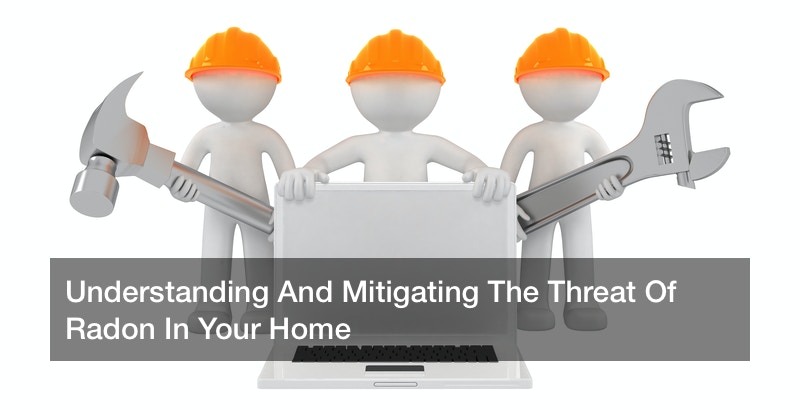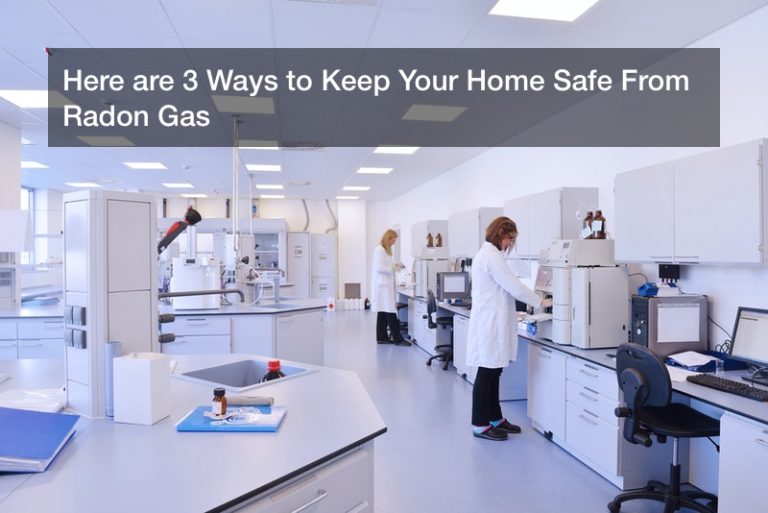

If you’re looking to make your home a safer place for yourself and your entire family, consider getting your home tested for radon. But what is radon? The question of what is radon is a common one throughout the United States, as many people will ask “what is radon” even if there are high levels of radon within their very own homes. This is due to the fact that radon is tasteless and odorless. On top of this, as those asking “what is radon” might have already guessed, radon is completely impossible to see with the naked eye.
But now that we have an answer to the question of what is radon, what exactly is it that makes radon so dangerous? After all, answering the question of what is radon alone could leave some people thinking that radon is largely something that can be ignored and dismissed. However, this should not ever be the case. After all, if you live in a home with high levels of radon in it, you have been exposed to more radiation than you would have had you gone to stand at the fence of a radioactive waste site. And this radon exposure – and subsequent radiation exposure – can leave you with lasting health consequences.
Lung cancer is likely the biggest threat of radon exposure, especially if you have been living with high levels of radon for quite some time and are just now asking “what is radon?” Unfortunately, the data that has been gathered on the subject more than supports this claim, showing that up to 20,000 people lose their lives here in the United States because of lung cancer caused by radon. This means that radon is now effectively one of the leading causes of lung cancer in this country, with only smoking and tobacco usage leading to more cases (as has been determined by the surgeon general of the United States). And for each Bq per m increase of radon within your home, your risk of developing lung cancer will shoot up an additional 16% – and incredibly high number, to say the very least.
And this problem is a much more pervasive one than those asking “what is radon” for the first time might even realize. But pervasive it is, with up to one fifteenth of all homes having radon levels that meet or even exceed the action level that has been set the the EPA (Environmental Protection Agency). In addition to this, there are up to seven states and an additional three Native American reservations where up to one third of all homes have radon levels reaching and exceeding these levels. Therefore, investing in residential radon testing services is ideal – even necessary to your continued safety and good health.
After all, the average residential radon testing company will be able to accurately detect radon in a number of ways. Many will primarily use short term radon detectors, which work for as many as 90 days but sometimes, if no further testing is needed, for as few as two days. If further testing is needed, a long term radon detector, lasting past 90 days, can be utilized in homes throughout the country.
And what happens if radon is detected, especially in high levels, throughout your home? Though there’s really no need to panic, taking the step of hiring a radon mitigation service as quickly as is possible is ideal. Fortunately, such services can usually manage radon levels and bring them back down quite quickly. After all, it has been found that even passive methods of reducing radon in the home can actually cut the radon level in half. And if further reduction is needed, something such as a radon ventilation fan can be used quite effectively, to say the very least. And bringing all homes down to safe levels would do wonders for radon induced lung cancer cases, bringing them down by as much as a full 4% and by no less than 2%. In total, it is estimated that such an accomplishment would save as many as 5,000 American lives per year.






